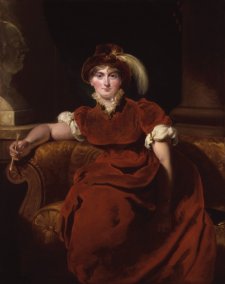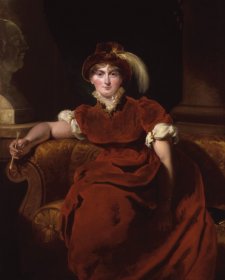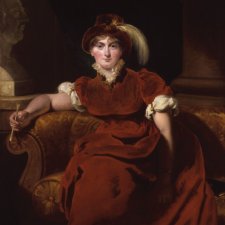- About us
- Support the Gallery
- Venue hire
- Publications
- Research library
- Organisation chart
- Employment
- Contact us
- Make a booking
- Onsite programs
- Online programs
- School visit information
- Learning resources
- Little Darlings
- Professional learning
Alexander Macleay (1767–1848), public servant and entomologist, arrived in Sydney in early 1826 having accepted the position of Colonial Secretary. Scottish-born Macleay had been a civil servant since 1795 but was also an accomplished entomologist and a fellow of the Linnaean and Royal Societies. Macleay had a particular interest in moths and butterflies and by 1825 had amassed what was purported to be the best insect collection in private hands. This collection, along with his wife and six daughters, accompanied him to Sydney. Within a few years he had acquired much land, including 54-acres at Elizabeth Bay which Macleay developed as a garden estate stocked with exotic plants and decorated with picturesque structures. Macleay resigned as Colonial Secretary in 1837, by which time his fortunes were in decline. He had to borrow heavily from his son, William, and in due course was forced to subdivide most of the Elizabeth Bay estate and sell his private library. He was a member of the first part-elective Legislative Council in 1843 and soon after became Speaker; he resigned in 1846. Before he died as the result of a carriage accident his contributions to public affairs and to science had been widely acknowledged. The Macleay River and several other locations are named after him and his celebrated entomological collection now forms the backbone of the Macleay Museum at the University of Sydney.
Collection: National Portrait Gallery
Purchased 2009



On one level The Companion talks about the most famous and frontline Australians, but on another it tells us about ourselves.



Anne Sanders writes about the exhibitions Victoria & Albert: Art & Love on display at the Queen's Gallery, Buckingham Palace and the retrospective of Sir Thomas Lawrence at the National Portrait Gallery, London.



Visit us, learn with us, support us or work with us! Here’s a range of information about planning your visit, our history and more!